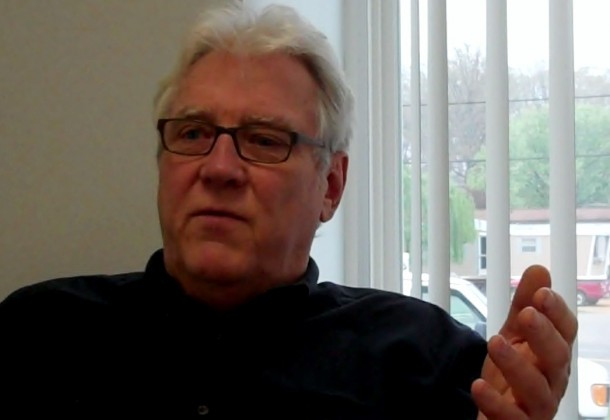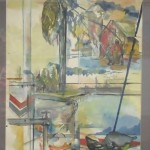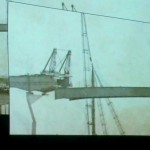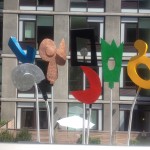Slackwater: Lex Park, the Inside of the Beast

For many, many, many years, indeed for centuries, St. Mary’s County was the embodiment of the great wild abundance of the continent: fecund rural landscapes, teeming woodlands and abundant waters. But that wasn’t how it looked to a Navy kid growing up in Lexington Park in the 1960s and 1970s. It was wild, all right, but more so along the expanding strips of asphalt than in the forests or rivers.
“I never lived on the water,” Charlie Hewitt says in the Slackwater archive recounted below by Julia King, head of the Slackwater Project. “I hung out on the streets at nights, on Friday and Saturday nights when the town was full of bars and slot machines and drunken sailors. It was a different place. It wasn’t a bad place but it wasn’t about ducks and boats and crabs and oysters. It was the inside of the beast. I found that noble and dignified and worth talking about.”
The energy ginned up by that noble beast fueled creation of the St. Mary’s County Creative Arts Forum in the 1970s. The founders were artists and business leaders and their vision brought art, theater and culture to the area. And as an adjunct, they addressed both the beautification needs of Lexington Park and the importance of documenting the wholesale changes sweeping across the area.
In the video below Ms. King recounts the project’s documentation of building the Thomas Johnson Bridge which connected Solomons Island to St. Mary’s County and the contest to produce art based on what could be seen as beautiful on Great Mills Road. The answer, in part, was Savon. And she quotes Mr. Hewitt to give her audience a flavor of the times.
Mr. Hewitt is a successful American painter, sculptor and printmaker today. In his oral history transcript he recounts the 1970s in Lexington Park as early, formative years. He realized his art did not lead into linear pursuits, single media concentration or traditional artistic commercialization routes.
This showed in the broad reach the Creative Arts Forum had in St. Mary’s County. And it has remained true throughout the ever expanding scope of Mr. Hewitt’s career. It would be sufficient to respect Mr. Hewitt’s success as a painter, sculptor and printmaker; it might be more accurate to think of Charlie Hewitt as a Creative Entrepreneur to grasp the scope of how he uses his talents and skills. To hear Charlie Hewitt tell it, creativity can repair our world and save our souls while it goes about it.
In this excerpt from the transcript, collected by the Slackwater Project, Mr. Hewitt speaks about the St. Mary’s Creative Arts Forum.
“The county was really full of creativity. It’s really important to talk about people like Tom Watts, and Tom Daugherty, Walt Sawyer, these are attorneys and businessmen and bankers. These people had the vision thing too. It’s not just connected with making a piece of art, it’s connected with making a community. And that’s what the arts forum had. It had a sign on the side of the door and I can only paraphrase it but it said, “If you can’t find the beloved community, do whatever you can to create it.”
SPONSORED BY


























